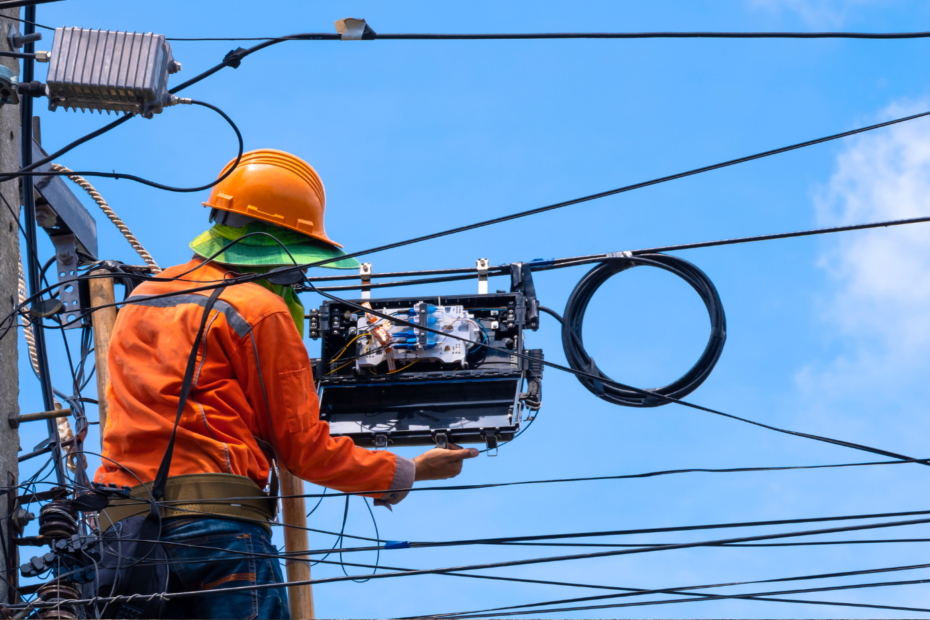In the landscape of modern technology, fiber optic cables play a pivotal role in facilitating high-speed data transmission. However, the resilience of these cables can be compromised when exposed to one of the most common environmental factors: ultraviolet (UV) radiation from the sun. This article delves into the importance of safeguarding fiber optic cables from sun damage and explores the methods employed to shield them effectively.
The Vulnerability Of Fiber Optic Cables To UV Radiation
Fiber optic cables are composed of delicate glass or plastic fibers that transmit data through the use of light signals. While these cables are designed to be durable, prolonged exposure to UV radiation can lead to degradation and, ultimately, compromise their performance. UV rays can break down the molecular structure of the cable’s protective outer layers, causing it to become brittle, lose flexibility, and reduce its overall lifespan.
Effects Of UV Radiation On Fiber Optic Cable Performance
1. Signal Attenuation: Firstly, UV radiation can lead to increased signal attenuation, diminishing the strength of the transmitted signals. This can result in a decrease in data transmission speeds and an overall degradation of network performance.
2. Fiber Brittleness: Secondly, the outer protective layers of fiber optic cables are susceptible to becoming brittle under UV exposure. This brittleness makes the cables more prone to damage during installation, maintenance, or natural environmental stresses.
3. Color Shift: Thirdly, UV exposure may induce a color shift in the cable jacket, indicating a potential compromise in the integrity of the protective layers. This color change serves as an early warning sign of UV-induced damage.
Methods To Protect Fiber Optic Cables From UV Radiation
1. UV-Resistant Outer Jackets: Incorporating UV-resistant materials in the outer jackets of fiber optic cables is a proactive measure to mitigate sun damage. These materials are designed to absorb and dissipate UV radiation, protecting the underlying fibers from its harmful effects.
2. Burial Or Conduit Installation: Installing fiber optic cables underground or within protective conduits shields them from direct exposure to sunlight. This method not only guards against UV radiation, but also provides additional physical protection, reducing the risk of accidental damage.
3. Aerial Installations With UV Coatings: In situations where burying cables is impractical, applying UV-resistant coatings on aerial installations can safeguard the cables from the sun’s rays. These coatings act as a barrier, preventing UV radiation from reaching the underlying cable structure.
As our reliance on high-speed data transmission continues to grow, safeguarding the infrastructure that supports it becomes increasingly crucial. Recognizing the impact of UV radiation on fiber optic cables and implementing protective measures is essential to maintaining the integrity and longevity of these vital communication channels. In doing so, we can ensure the continued reliability of our interconnected world.
Learn More
To find out about how Phoenix Loss Control can help when outside plant infrastructure damages occur, please click here.
For additional information on the impact of weather conditions on OSP cables, check out this article.

